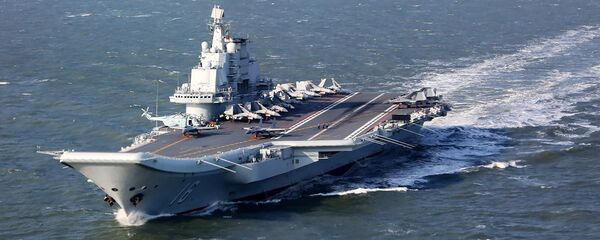This year's exercises will focus on joint rescue efforts and protecting cargo vessels. The first phase will be held in the Baltic Sea in July, and the second in the Sea of Japan and Sea of Okhotsk in September.
The Chinese ministry of national defense said the drills are held every year, and are not aimed at any third party. The drills are meant to enhance the China-Russia ties and also to improve both sides' ability to cope with maritime threats.
"By sending its most advanced guided-missile destroyers, China is expressing its sincerity to Russia and also sends a strong signal to other countries who plan to provoke us," said Li Jie, a Beijing-based navy expert.
Holding this year's drills in key strategic locations sets them apart from those in the past, Li said, citing the Baltic Sea as the scene of confrontations between countries, such as the US and Russia.
China and Russia have held five joint naval drills since 2005. The two countries held "Joint Sea 2016" in the South China Sea involving naval ships, submarines, fixed-wing aircraft, helicopters, marines and amphibious armored equipment.
This article was written by Guo Yuandan and Zhao Yusha and first published in the Global Times.



